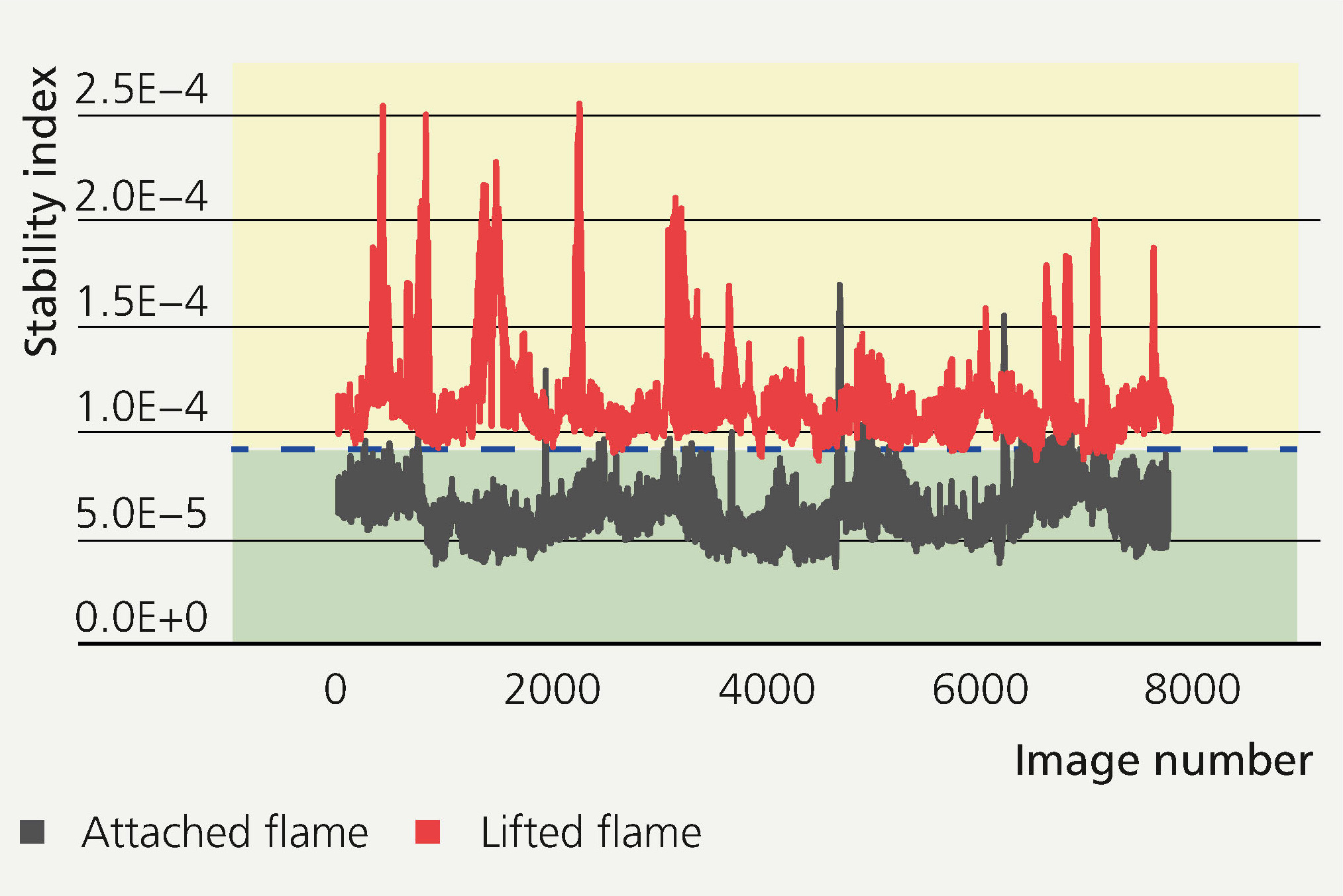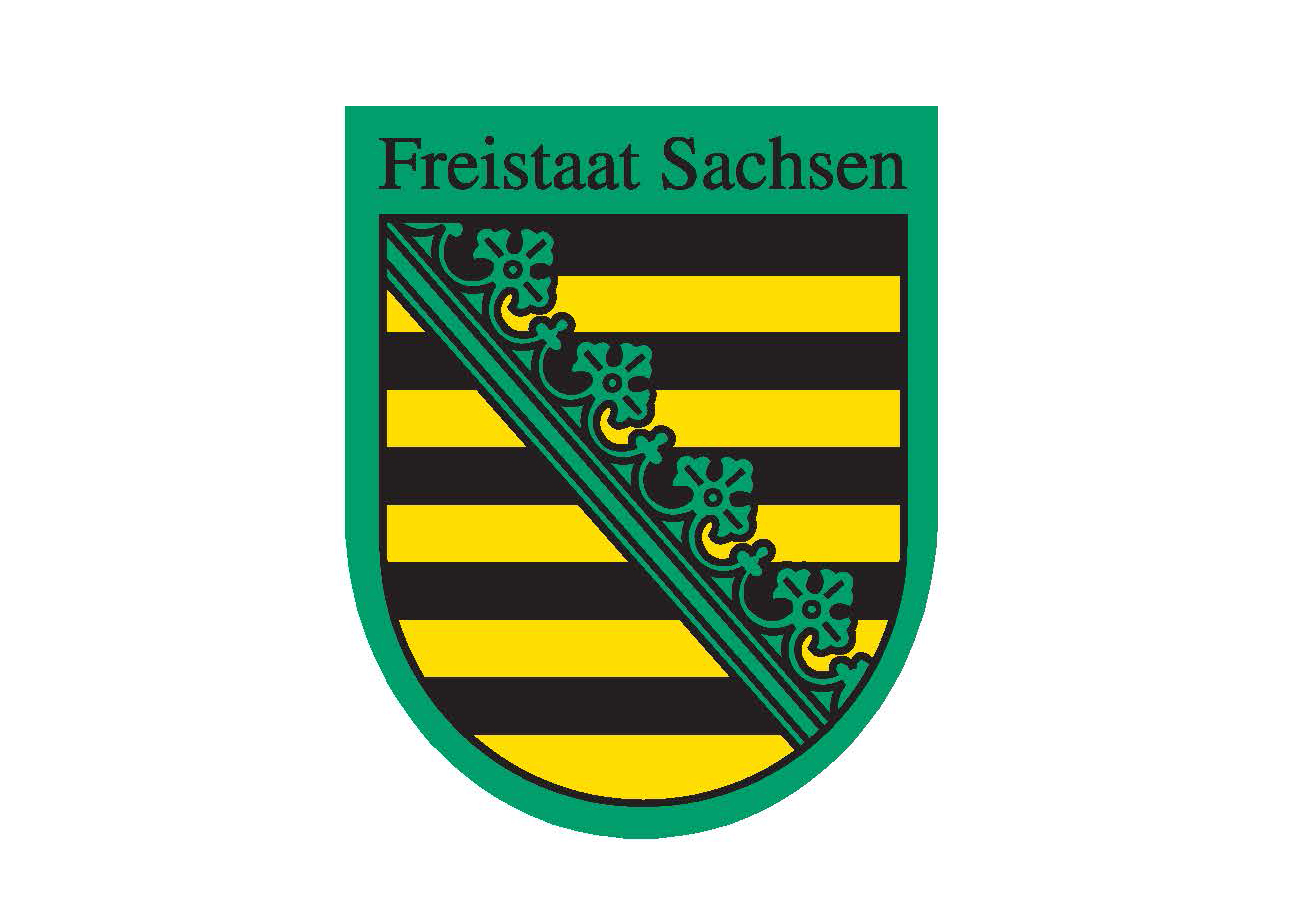
AI-based flame diagnostics for partial oxidation processes
Current research



Optical flame diagnostics offers great potential for the control and optimization of (partial) oxidation processes, for example in the chemical industry, metallurgy and the glass industry. However, the large data rates resulting from the high image resolutions and frame rates of modern high-speed camera systems currently prevent any direct evaluation of the data, so that such high-resolution images cannot yet be used for real-time flame monitoring or process optimization. This is why Fraunhofer IKTS has started developing AI-based models to analyze flames in real time. This enables the development of new concepts for online process control and optimization, and improved safety concepts.
The experimental reference data for these models results from measurement campaigns using the multi-feed test facility operated at the TU Bergakademie Freiberg. An optical probe enables in-situ flame measurements. The optical tools were developed by measuring the flames of various gaseous, liquid and solid feed materials with a high-speed camera working at a frame rate of 1000 Hz.
Because the analysis of this data in real time is not possible with conventional image analysis tools due to the high data rates, the team developed an AI-based analysis tool. This is based on a neural network which was preconditioned using training data before being used to analyze online the image data from the flame measurement. The tool is able to estimate various flame characteristics such as length, width, center and ignition point of the flame with remarkable speed (5000 images processed in just two seconds).
The extracted characteristics play an essential role in controlling and optimizing the process. The implementation of a flame ignition point detector, for example, which was specially developed for analyzing flame stability, enables improved process control and safety. The model defines a threshold value that distinguishes between a stable and an unstable flame.
The real-time flame monitoring system provides a fast and precise method for monitoring flames in various high-temperature processes and is to be integrated into various industrial processes in the future, in addition to its use in technical test facilities.
This project is co-financed by tax funds on the basis of the budget approved by the Saxon state parliament.
Supported by
